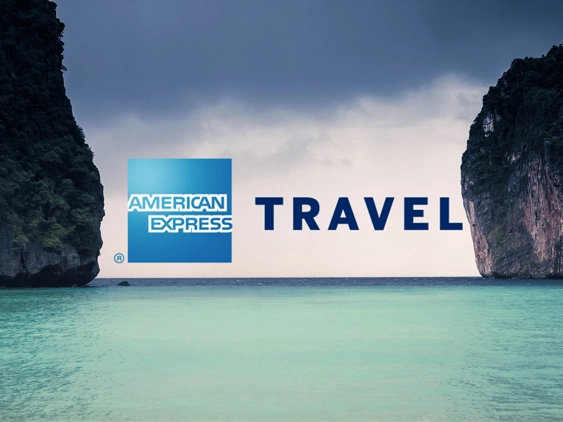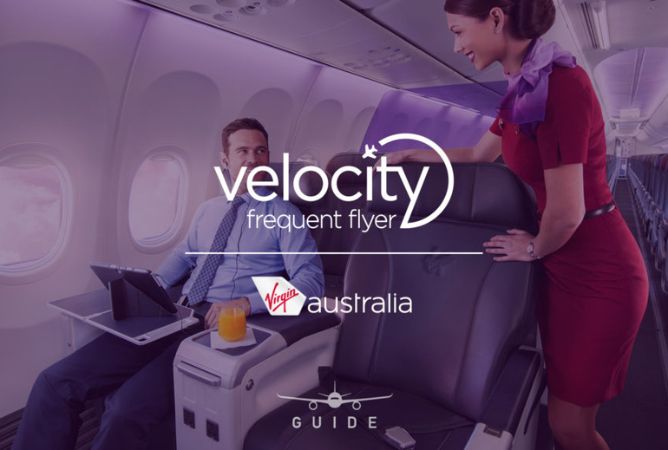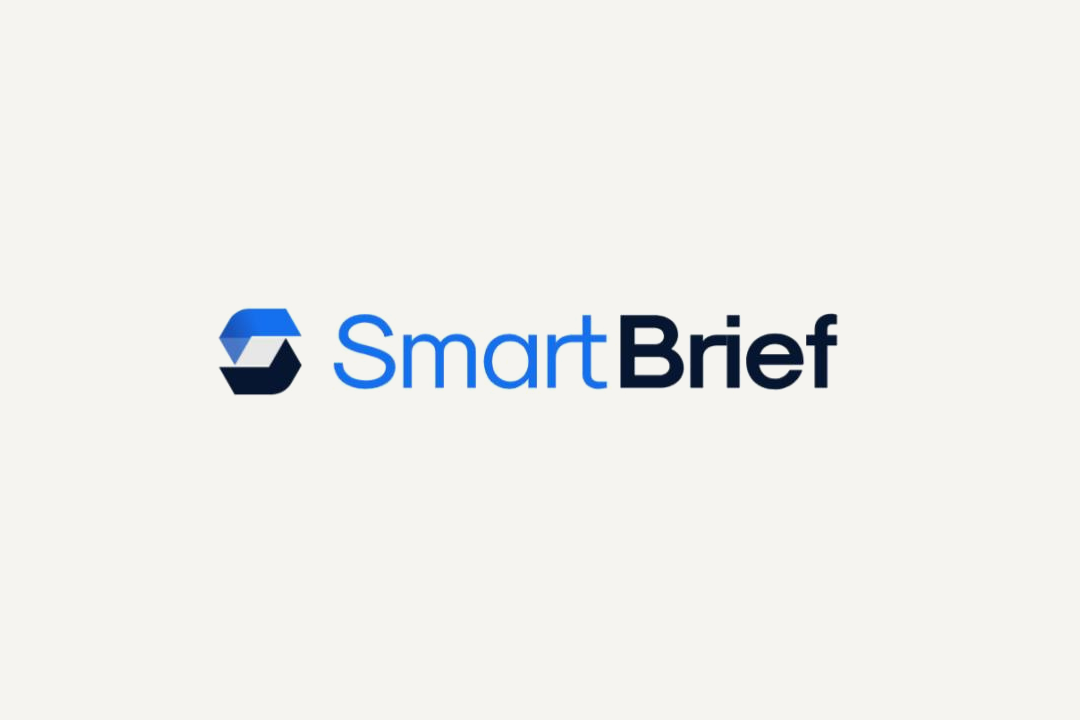Owned media: 5 key considerations that make the difference between success and failure
This article first appeared in Mi-3 here
More businesses are mulling retail media and owned media business units. Sonder has helped many blue chips launch those operations, but Founding Partner Angus Frazer says there are five critical considerations that make the difference between failure and success. Commitment is the big one – which means businesses need to understand what they are committing to. That’s where Sonder’s $10bn-plus data pool comes in.
Having been at the forefront of owned media and retail media leverage for nearly a decade, we’ve helped many leading organisation’s set-up and operationalise successful owned media initiatives. David Jones, Woolworths, Coles, Officeworks, Optus, American Express, NRMA and Telstra are just a few of them. Each of these businesses have different objectives and expectations from their owned media programs, but they all recognise the holistic value of owned media.
Successful businesses in the owned/retail media space know that to create profitable and sustainable leverage they need to define their ambition before creating the processes; technology; structure and resources to deliver on the ambition. Importantly, they understand that developing an owned/retail media solution requires commitment.
Commitment is crucial to the success of owned/retail media leverage and can be overlooked when businesses are considering the development of such initiatives. We’ve seen businesses with significant owned media value and commercial potential fail to realise the opportunity due to a lack of commitment by the organisation. But commitment is easy to say, harder to deliver.
So, here are five practical things we’ve helped businesses to do that enable them to commit to building best-practice owned media solutions:
1. Having a north star
It’s a big ask to commit to something today if you don’t know what to expect from it in the future. Setting-up owned media business units requires change, perseverance, collaboration and sacrifice. For a business to invest in owned media leverage, there needs to be an understanding of the payback. Is the juice worth the squeeze?
Maybe. But that is where understanding media, audience and data is critical – and then defining a roadmap to deliver it. (Sonder has a robust $10bn data pool of owned media value that ensures we can set an accurate north star for any business – retailer or other.)
The process of auditing and valuing the owned media ecosystem can be enlightening for an organisation. Many of the businesses we work with are surprised by the hidden value they have previously been squandering. Even if a business decides not to monetise their owned media, the audit and valuation will still empower them to use the media value to drive indirect revenue and benefits to the business.
“An independent valuation lends credibility.”
— Lauren Bolling, NRMA
2. Senior buy-in
Time and again we see owned media programs flourish when a CEO is across the opportunity. If not the CEO, then the executive committee for the organisation. Without senior C-level buy-in, it is difficult transform an organisation to fully realise the potential of owned media.
When the owned media opportunity is not well understood and clearly articulated internally, it can be difficult/impossible to engage and mobilise a senior team. Any leadership team will need to understand the potential for owned media (per point 1 above) in order to endorse and drive a program.
One of the big opportunities (and challenges) of owned media is that it typically touches many parts of an organisation. There can be multiple stakeholders responsible for different media assets. One team to manage the physical store/location media, another team responsible for the website and another for the email program etc. Uniting these teams can only be achieved with senior leadership engaging in and driving the owned media agenda. When done well, owned media programs can foster and encourage collaboration by internal teams to the betterment of the customer experience and partner relationships. Done poorly, an owned media program can be doomed from the outset.
3. Making it someone’s responsibility
As mentioned above, the disparate nature of owned media responsibility across an organisation can be a challenge. In many instances we’ve seen success when there is clear responsibility and accountability. Very few organisations have a Head of Owned Media (though this is changing), so the initial responsibility for owned media falls to the marketing team. Which makes sense given that marketing is often responsible for all the customer touchpoints. Marketers innately appreciate the value of owned media because they have experience with paid media investments. The shift for them is thinking not about the media budget they’re spending on advertising, but the budget they can create with owned media leverage.
“Marketers need to consider not only the budget they spend on paid media but the budget they create through owned media.”
— Sonder
Whilst marketers are the natural leaders of owned media, they’re not the only stakeholders that need to be involved. For retailers the merchandise team often hold the relationship with the brand partners. Loyalty teams will often control the email program, e-commerce teams might have responsibility for the website as their remit… All these teams need to understand a clear RACI matrix (or similar) for the development of a successful owned media initiative.
4. Not just a high profit revenue driver
Sure, the profitability of owned media is attractive (80-90 per cent), but the ancillary benefits of a well-executed program are equally attractive. If a business is simply out for a quick, easy dollar from retail media, there’s a good chance of failure. Why? Because if the only metric of success is new revenue in, other business critical metrics can be damaged. Improved customer experience through media (yes, retail media can do this!), improved relationships with trade partners and improved collaboration internally are three important benefits of a well-executed owned/retail media program.
Owned media is increasingly being recognised in strategic marketing and communications. Progressive marketers are quantifying the value of the owned media they use for proprietary brand communications in conjunction with paid and earned media. This is about taking an inside-out approach to marcomms planning and starting with the media the business owns and controls. ANZ Bank is a good local example of this shift towards owned first marcoms. Sweta Mehra, former CMO at ANZ highlighted this change and the benefits of it in a recent podcast with Paul McIntyre of Mi3.
“In the past, without having all of this well quantified data, as a marketer in that team I would have started by creating a (paid) media plan: ‘give me this rate, this frequency’, said Mehra. Now, we are saying ‘if this is the business objective, what is your owned media strategy – and then how does the paid and earned media come on top of that?”
— Sweta Mehra, CMO, ANZ Bank
If a business wants to extract full value from its owned media ecosystem, there needs to be a balanced appreciation of all that can be gained from creating a program. This kind of consideration ensures a rational approach to generating more revenue and value from owned media. Sometimes we see organisations charging for their media at a far lower rate than the rest of the market. The knee-jerk reaction to this is to increase media rates, but there may be some salient reasons for keeping the media rates lower. Partner relationship, business performance, competitive landscape, wider deal negotiation etc. can all factor into the decision to change media rates.
Highly profitable revenue is an important deliverable for retail media programs, but it should not come at the cost of other important business metrics.
5. A program not a project
Owned media leverage is not a set-and-forget project. If it’s treated as a moment-in-time KPI to be ticked off in a quarter and then forgotten about in pursuit of the next KPI, there’s a good chance it will not be sustainable. Programs – like plants – need ongoing care, maintenance and commitment. Whilst a program requires commitment and resources, the benefits invariably outweigh the costs. For virtually all the businesses Sonder has helped, the owned media juice is most certainly worth the squeeze, provided it’s viewed holistically as a longer-term commitment.
If the business knows its owned media north star, has senior buy-in, has clear responsibilities assigned and knows it’s not just a money grab, then committing to an owned media initiative is far more likely to succeed.
Many businesses across different sectors are actively considering owned media leverage and how it can benefit them, their partners and their customers. These five considerations can help bring about the changes required in a strategic, lucrative and sustainable way.
Sonder’s full Annual Owned Media Report & Ranking can be downloaded here.





